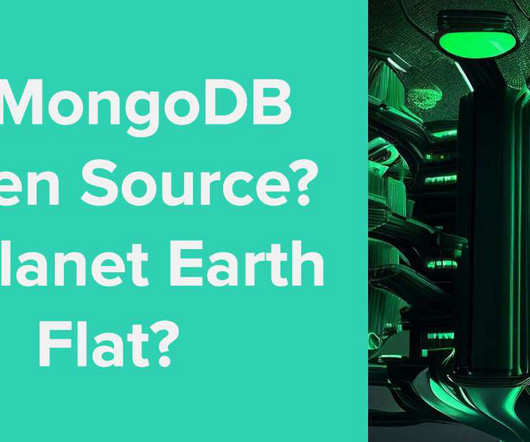Expanding the AWS Cloud: Introducing the AWS US East (Ohio) Region
All Things Distributed
OCTOBER 17, 2016
In the remainder of 2016 and inq 2017, we will launch another four AWS regions in Canada, China, the United Kingdom, and France, adding another nine AZs to our global infrastructure footprint. We’ll continue to add new infrastructure to grow our footprint and make AWS as useful as possible for all of our customers around the world.













Let's personalize your content